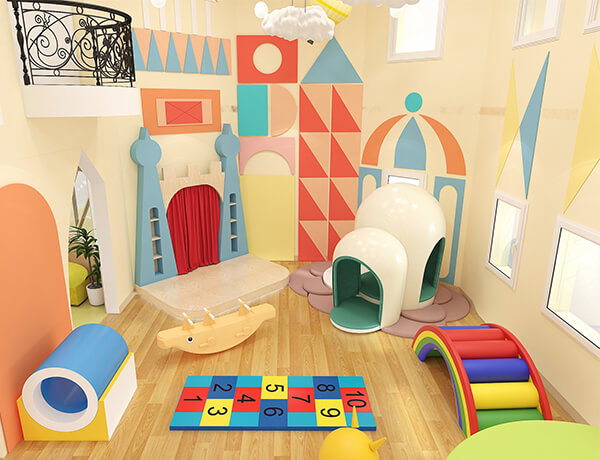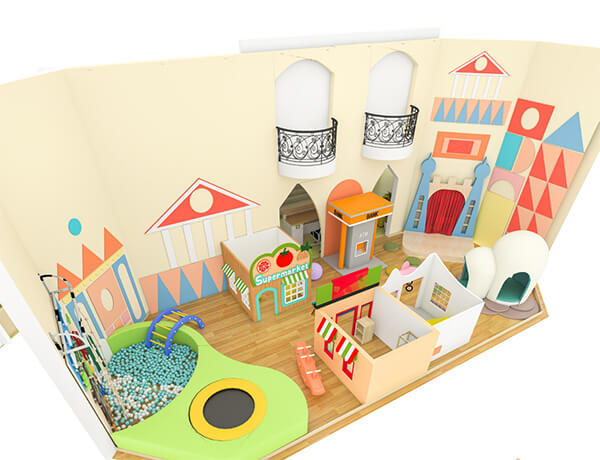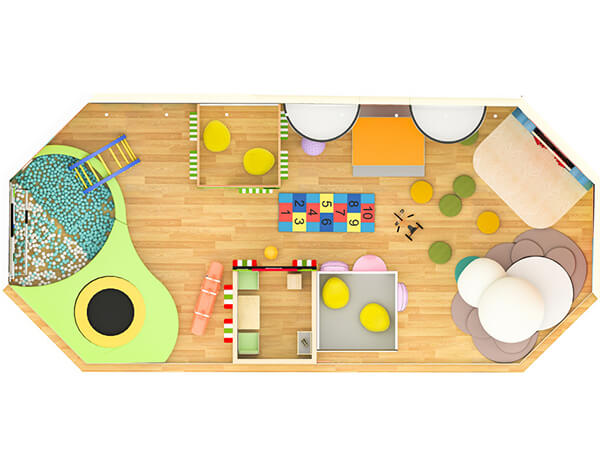Preschool Dramatic Play Area

Preschool Role Play Activities
preschool role playing games play a leading role in the development of children’s social communication abilities. Through games, children can play social roles, experience social life, learn the correct way of communication, and master some basic social norms, and then lay a good foundation for them to adapt to social life.
Preschool Role Play ideas
Role-playing games can allow children to learn “empathy thinking”, which is beneficial to children’s imagination, observation, thinking skills, and problem-solving skills. In the game, children can gradually understand themselves in comparison with the people and things around them. Children can play various roles when playing games, and sometimes she can even play multiple roles continuously in one game, which is full of drama.
The costume prop cabinet can store a variety of performance costumes and props, and it also has a makeup mirror. Put on your costume, look in the mirror, and then step onto your own small stage to perfectly interpret the role you want to play. Role-playing games play a leading role in the development of children’s social communication skills. Equipped with a simple small stage to meet the needs of small performances.


How to Set Up a Safe and Engaging Preschool Dramatic Play Area
Why is role play important for preschoolers? Role-playing can further stimulate children’s imagination, which is good for right brain development. Simulated dialogue can enhance the emotional communication between children and stimulate the language center of the child’s own left brain. If children’s imagination can be expressed naturally through language, it will greatly promote the development of left and right brains. Through games, children play social roles and experience social life, allowing children to initially learn the correct way of communication, master some basic social norms, and lay a good foundation for them to adapt to social life.
Choose a Theme and Gather Materials
The first step in setting up a safe and engaging preschool dramatic play area is to choose a theme and gather materials. Think about what interests your students and what types of play scenarios they might enjoy. Some popular themes include a doctor’s office, a grocery store, a post office, or a restaurant. Once you have chosen a theme, gather materials that will help bring the play area to life. This might include costumes, props, and play food or utensils. You can also repurpose items from around the classroom or ask parents to donate items that they no longer need.
Create a Safe and Accessible Space
Safety should always be a top priority when setting up a preschool dramatic play area. Make sure the space is free from any hazards, such as sharp edges or loose cords. Use soft, cushioned materials for flooring and avoid any materials that could cause allergic reactions. Additionally, make sure the space is accessible for all students, including those with disabilities. Consider adding ramps or other accommodations to ensure that all students can participate in the play area.
Incorporate Real-Life Props and Materials
To make the preschool role play area more engaging and realistic, incorporate real-life props and materials. For example, if the theme is a grocery store, include play food, shopping carts, and cash registers. If the theme is a doctor’s office, include medical tools and equipment, such as stethoscopes and bandages. These props and materials will help children better understand and engage with the theme, while also promoting imaginative play and learning. Just be sure to regularly clean and sanitize the props to prevent the spread of germs.
Encourage Preschool Role Playing and Imagination
The preschool dramatic play area is the perfect place for children to explore different roles and use their imaginations. Encourage role-playing by providing a variety of costumes and accessories, such as hats, scarves, and purses. This will allow children to fully immerse themselves in their chosen roles and develop their social and emotional skills. Additionally, provide open-ended materials, such as blocks and cardboard boxes, that can be used in a variety of ways to promote creativity and problem-solving. With a little encouragement and the right materials, children will be able to fully engage in imaginative play in the preschool dramatic play area.
Rotate Themes and Materials to Keep it Fresh
To keep the preschool dramatic play area engaging and exciting, it’s important to rotate themes and materials regularly. This will prevent children from becoming bored with the same old toys and costumes and will encourage them to explore new roles and scenarios. Consider changing the theme every few weeks or months, and switch out costumes, props, and accessories accordingly. You can also ask children for input on what themes they would like to explore next, which will help them feel more invested in the play area and encourage their creativity. By keeping the preschool dramatic play area fresh and exciting, you’ll help children develop their social and emotional skills while having fun and learning through play.
Conclusion
Preschoolers love to engage in imaginative play, and a well-designed dramatic play area can provide them with endless opportunities to explore and learn. From setting up a play kitchen to creating a dress-up corner, this guide will help you create a safe and engaging space that will inspire your little ones to use their imaginations and develop important social and cognitive skills.

